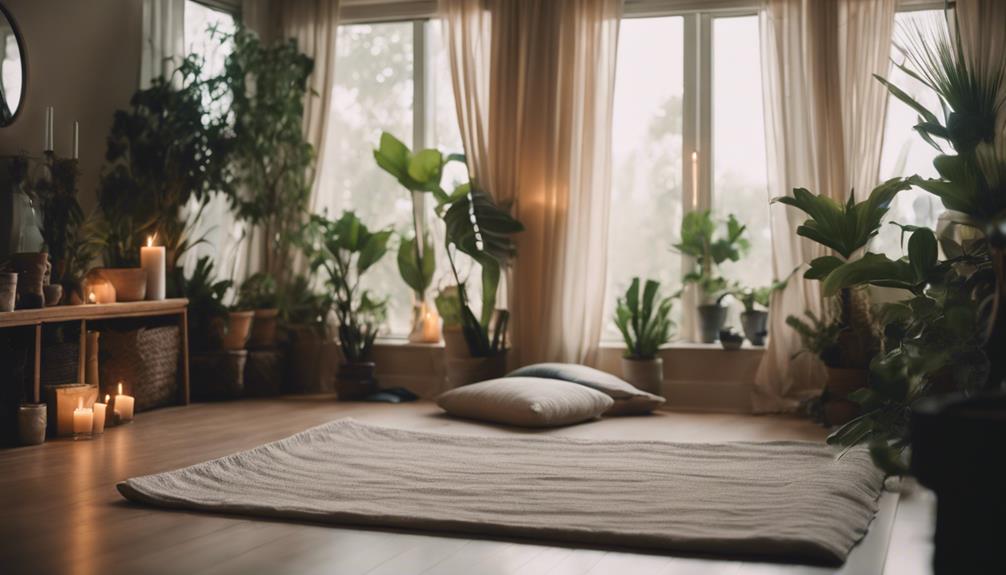How hot is Bikram yoga? This question often arises for those curious about this unique form of yoga. Bikram yoga, known for its challenging postures and rigorous practice, takes place in a heated room, designed to enhance flexibility, detoxification, and overall well-being. In this article, we will explore the intensity of heat in Bikram yoga and how it affects your practice.
Feeling the Heat: How Hot is Bikram Yoga Really?
Bikram yoga is typically practiced in a room heated to around 105°F (40°C) with a humidity level of 40%. This carefully controlled environment is no accident; the heat plays a vital role in the practice, helping to loosen muscles and facilitate deeper stretches. Practitioners often describe the feeling as akin to stepping into a sauna, where the warmth envelops you and encourages your body to relax. However, this extreme temperature can be intimidating for newcomers, leading many to wonder, "How hot is Bikram yoga really?"
The heat in Bikram yoga serves more than just comfort; it also aids in the detoxification process. As you sweat profusely during each 90-minute session, your body expels toxins, leaving you feeling refreshed and rejuvenated afterward. Additionally, the high temperature promotes increased blood circulation, which can lead to improved cardiovascular health. However, it’s essential to listen to your body and stay hydrated; practicing Bikram yoga without proper hydration can lead to overheating and discomfort.
Many practitioners find that as they become more accustomed to the heat, they develop a tolerance that transforms their experience. What once felt like an unbearable sauna becomes a nurturing environment that supports their practice. It’s essential to approach each session with an open mind and a willingness to adapt, as the heat can significantly enhance the benefits of yoga. So, while the answer to "How hot is Bikram yoga?" may sound daunting, it’s a transformative experience for those who embrace it.
Turning Up the Temperature: Discover Bikram Yoga’s Intensity!
The intensity of Bikram yoga is not just about the heat; it also involves a series of 26 challenging postures that are performed in the heated room. Each pose is designed to work specific muscle groups while promoting strength, flexibility, and balance. The combination of heat and rigorous movement can lead to a vigorous workout that challenges both the mind and body. As you flow through each posture, the heat intensifies your practice, pushing you to reach new levels of endurance and mental clarity.
Practitioners often find that the heat helps them achieve poses they may have found difficult outside of the heated environment. The warmth allows the muscles to relax more quickly, enabling deeper stretches and improved range of motion. This unique aspect of Bikram yoga creates an exhilarating atmosphere where you can grow and challenge yourself. It’s not just about physical strength; the heat also encourages mental fortitude, teaching practitioners to stay focused and present, even as they battle the intensity of the environment.
Moreover, the community aspect of Bikram yoga enhances its overall intensity. Classes are often filled with like-minded individuals who share the same goal: to improve their practice and well-being. The collective energy in the room can amplify personal motivation, pushing you to get through even the most challenging moments. Whether you’re a seasoned yogi or a newcomer, the heat of Bikram yoga will undoubtedly offer you a unique and fulfilling experience that transforms your mind and body.
In conclusion, how hot is Bikram yoga? With its typical environment set at 105°F and 40% humidity, the challenge of heat can lead to tremendous benefits for both your body and mind. Embracing this intensity not only enhances your physical practice but fosters a sense of community and resilience. So, if you’re considering diving into the enchanting world of Bikram yoga, remember to bring your water bottle and an open heart—prepare to feel the heat and discover just how transformative this experience can be!
